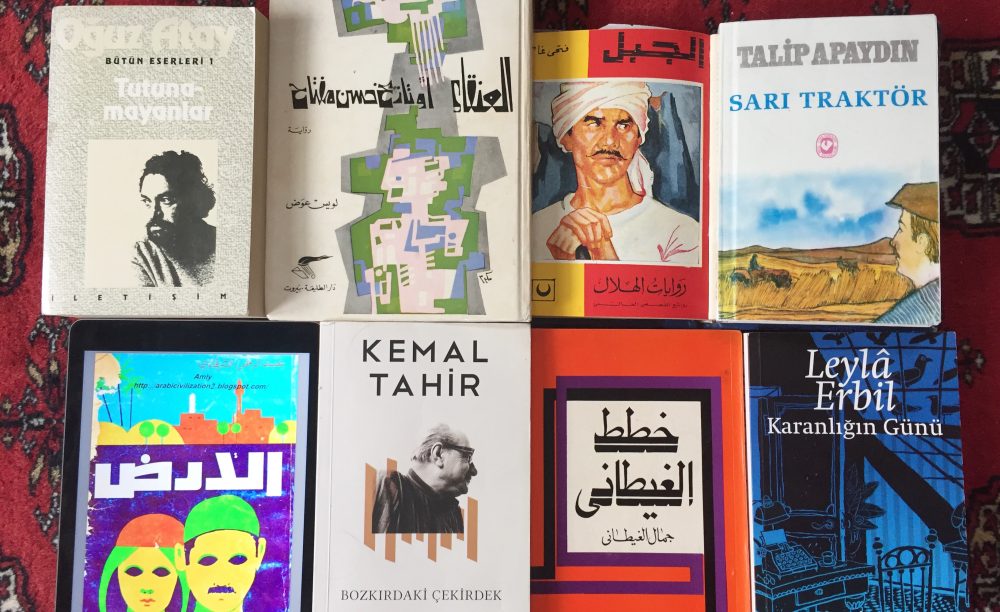ISI emerged gradually after the takeover of power, and it crystallized
fully only with the first five-year plan of 1960–61
From 1956 onward the pace of ISI quickened, partly as a result of the special and
unexpected conditions that the Suez War that year had created in transferring much
foreign economic enterprise into government hands when sequestration and later
nationalization of British, French and Jewish property took place.19 It also revealed
symptoms of impatience at the slow progress of economic development when left to
the ‘national bourgeoisie’, which pushed for radicalization of the Nasserist regime.
Having been so entrenched in local modernity,
national ideals, and group-turned-national identity, the standstill of ISI, and since
the early 1970s the retreat from state-led industrialization, placed a big question
mark on the notion of ‘Egyptianness’ as well.
The hidden
economy became a part of Egyptian daily life on every level in employment, housing,
shopping, or dealing with local and national government, and it impacted on
household politics and intimate family and gender relations as well as society and the
economy at large. Many small and medium-sized businesses, and the large informal housing sector,
were counted under such economic activity. Finances, whether of large-scale Islamic
companies, moneychangers, or neighbourhood women’s lending clubs (jam0
iyyat),
also operated with little interaction with the official, mostly state-owned, banking
system. Remittances from labour migrants too were siphoned back into the country
outside the official banking system, and they became the most significant
contributors to such informality in increasing both local spending and investment.
The multilayered presence of the hidden economy made it too significant to go
unnoticed. Nevertheless, it was kept concealed in the debate focusing almost
exclusively on the open-door aspect of the infitah,
28 and both government and
opposition grossly missed the revolutionary, long-term impact of the hidden
economy. Although this myopia was largely due to the ideological and identity
strings attached to economic nationalism in Egypt,
While the hidden economy did not fit easily into contemporary discourse and
economic orthodoxies, it did become an entrenched part of Egypt’s political
economy. Because the formal economic institutions would not allow a significant
enough transition to take place, they facilitated the alternative spread of informality.
This, however, did not mean a duality between formal and informal economies with
little contact between the two; it meant myriad synergies that served both sides. As
the 1977 food riots vividly demonstrated, political leadership would not or could not
push for the dramatic reform necessary fully to engage the economic downturn.
(Smuggling of things into the caves of al-khalawi as the informal economy and remittances? OMG WHATIF KHALAWIIS THE INFORMAL ECONOMY)
Consumption was indeed rampant during this period. It was manifested
everywhere, from entry points into the country, where returning migrant workers
brought back imported commodities, to the Free Zones and local markets where
imported goods were sold. Cityscapes were transformed further, with significant
investment in lucrative construction including high-rise buildings that served as
homes for the rich, business-space, and hotels. On the other hand, rapid
urbanization associated with informal settlements, pressures on physical resources,
and public services
Economic nationalism was still strong among infitah defenders and critics alike,
and both sides were taken by surprise at the sheer magnitude of the unleashed
events. Indeed, such surprise attested to an across-the-board myopia regarding the
nature of the economic transformations, associated with the rapid development of
the hidden economy and enhanced by the emergence of local consumer society.
So the economy which emerged was unrepresentable, unlike the national economy envisioned in past iterations, and so the khitat is unable to show it, tries with al-khalawi, projecting it out as another irrational space rather than part of al-khitat itself
All the best,

